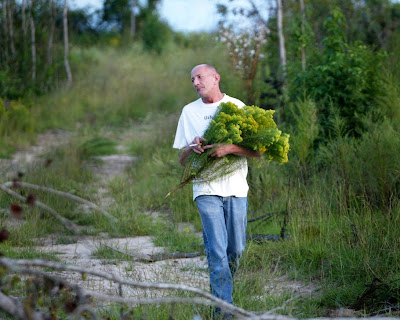 Marvin Israel and Diane Arbus photographed at her
Marvin Israel and Diane Arbus photographed at her1971 master class by her student Cosmos Sarchiapone


An Evening With
DIANE ARBUS AND MARVIN ISRAEL
DIANE ARBUS AND MARVIN ISRAEL
+ + +
A SLIDE SHOW AND TALK BY DIANE ARBUS
and a screening of
WHO IS MARVIN ISRAEL?
A SLIDE SHOW AND TALK BY DIANE ARBUS
and a screening of
WHO IS MARVIN ISRAEL?
The SLIDE SHOW AND TALK BY DIANE ARBUS is an original audio recording of a 1970 slide presentation by Diane Arbus in which she speaks about photography using her own work and other photographs, snapshots and clippings from her collection. Compiled and edited by Neil Selkirk, Doon Arbus and Adam Shott.
WHO IS MARVIN ISRAEL? is a short documentary on the life, work, and world of the enigmatic Marvin Israel (1924-1984), artist, designer, art director, and teacher. Israel's influence on Diane Arbus, Richard Avedon, Lee Friedlander, and many others is explored in the words of those who knew him. Directed by Neil Selkirk.
WHO IS MARVIN ISRAEL? is a short documentary on the life, work, and world of the enigmatic Marvin Israel (1924-1984), artist, designer, art director, and teacher. Israel's influence on Diane Arbus, Richard Avedon, Lee Friedlander, and many others is explored in the words of those who knew him. Directed by Neil Selkirk.
SVA Theatre
333 W 23 ST (8th x 9th)
Thursday October 6th 7:30 PM
Free Admission
333 W 23 ST (8th x 9th)
Thursday October 6th 7:30 PM
Free Admission
Celebrating the release of Diane Arbus: A Chronology and the newly reissued Diane Arbus: An Aperture Monograph and Untitled: Diane Arbus, books will be available for purchase at a reception following the screening.



































